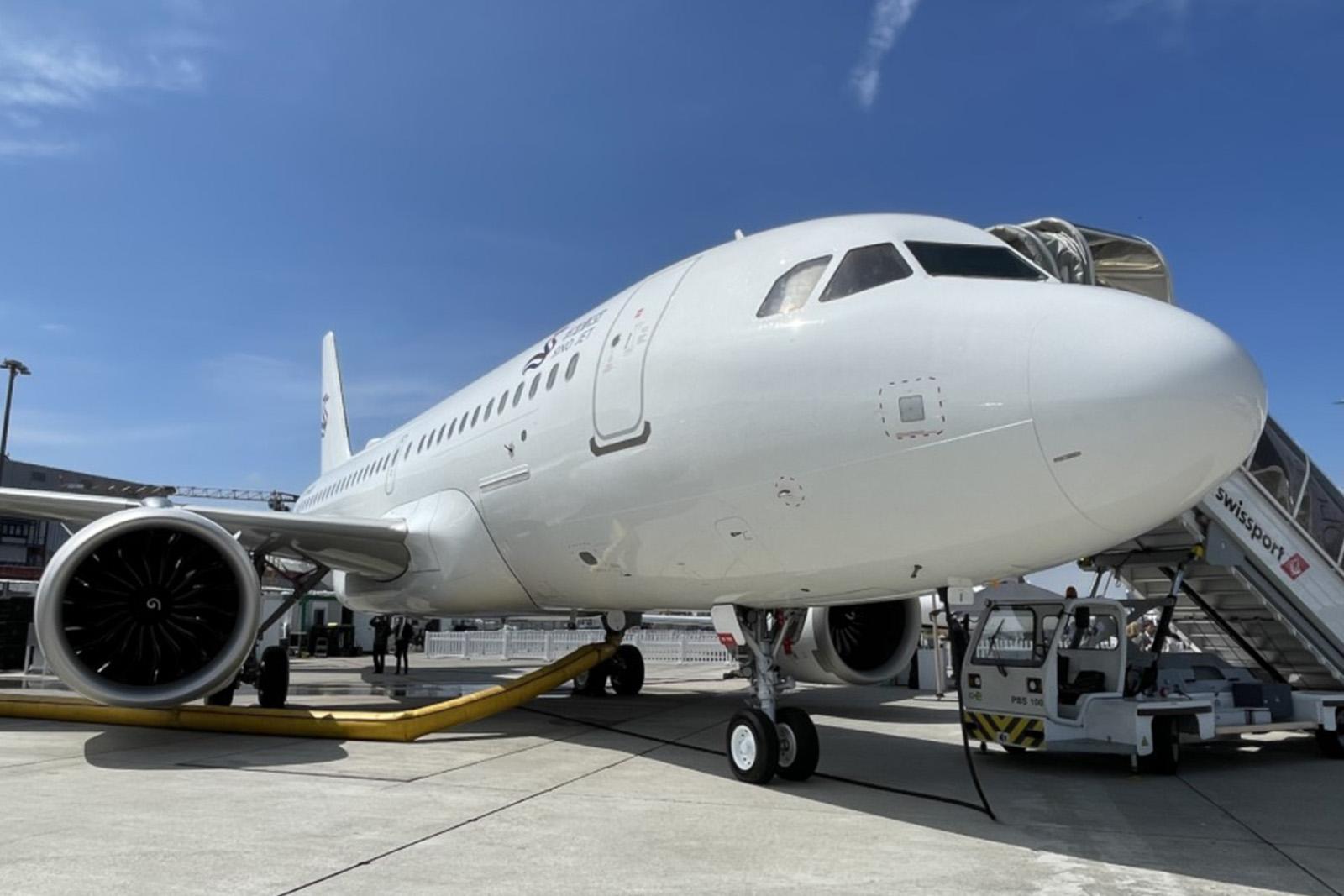
Airbus ACJ.
Growing demand for large business jets, the greater use of sustainable aviation fuel (SAF) and larger corporate sector contributions to the economy over the next five years are among the key findings from an extensive survey of U.S.-based financiers and private jet brokers commissioned by Airbus Corporate Jets (ACJ).
Older aircraft retirements and sales and newly available midsize and heavy jet models are among the factors behind the forecast growth in large business aircraft, according to 62% of respondents in the survey. ACJ adds that some 8% “expect a dramatic rise,” by the end of the decade.
Almost all (96%) of business aviation financiers and private jet brokers surveyed also agree that demand for large and midsize jets is increasing “at a faster rate than other categories due to their range and capacity, and because OEMs are driving interest in these sectors with the introduction of new models. Between now and 2027, 84% of those surveyed say, the focus on heavy and midsize jets will increase,” says ACJ.
With business aviation sustainability under the spotlight, around 89% of senior executives at large U.S. corporations who use private jets say the use of SAF by the sector will increase over the next five years, with 56% anticipating a significant rise. Around 90% of those surveyed also say this will lead to an increase in U.S. companies using private jets.
Similarly, as SAF becomes more affordable and easier for business aircraft to use, the ACJ survey shows 87% of senior executives at large U.S. corporations interviewed expect it to lead to an overall increase in the sale of business aircraft. ACJ says Airbus is increasing the use of SAF in its own operations, with a target of 15% SAF in its global fuel mix by the end of 2024 and at least 30% by 2030.
The study also shows that financiers and brokers say business aviation’s contribution to the U.S. economy will grow to around $182.8 billion by the late 2020s, compared to the sector’s current annual contribution of around $150 billion. Around 85% of respondents also say the significance of business aviation’s role in serving more than 5,000 public-use U.S. airports will increase over the next five years.
